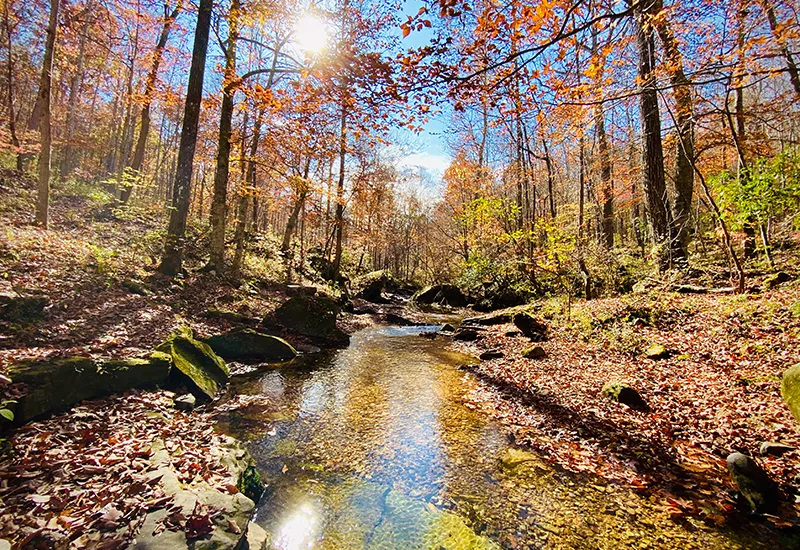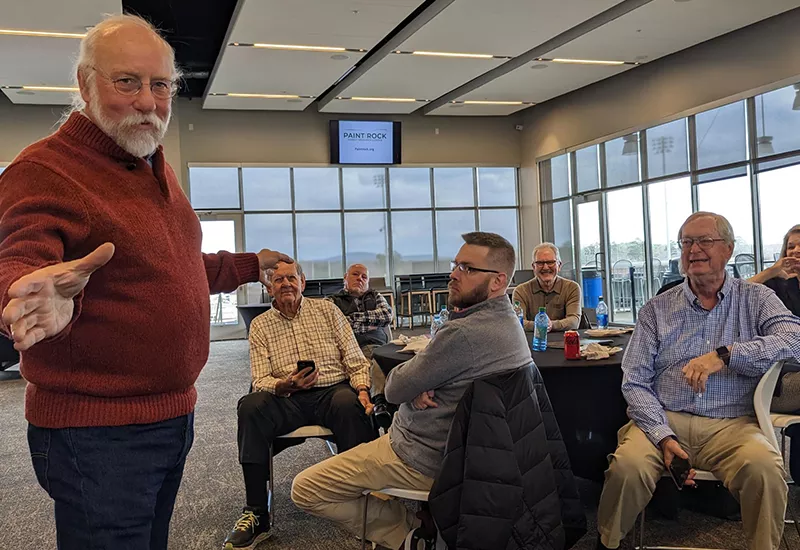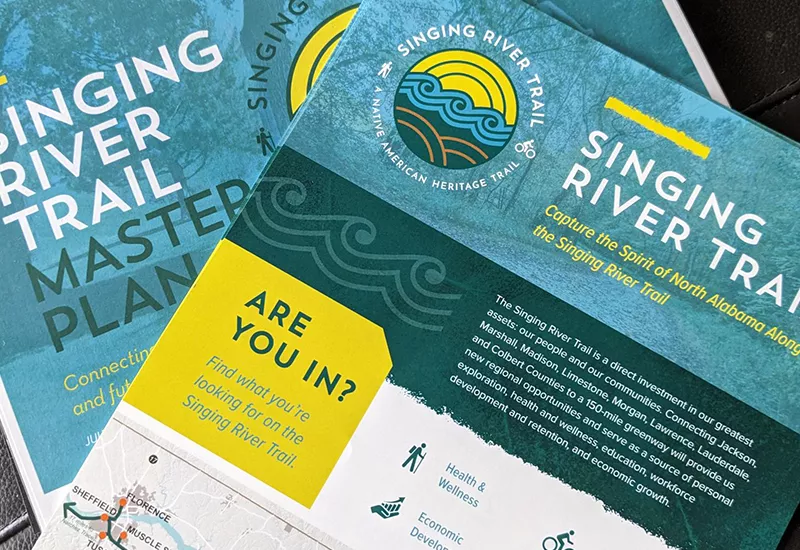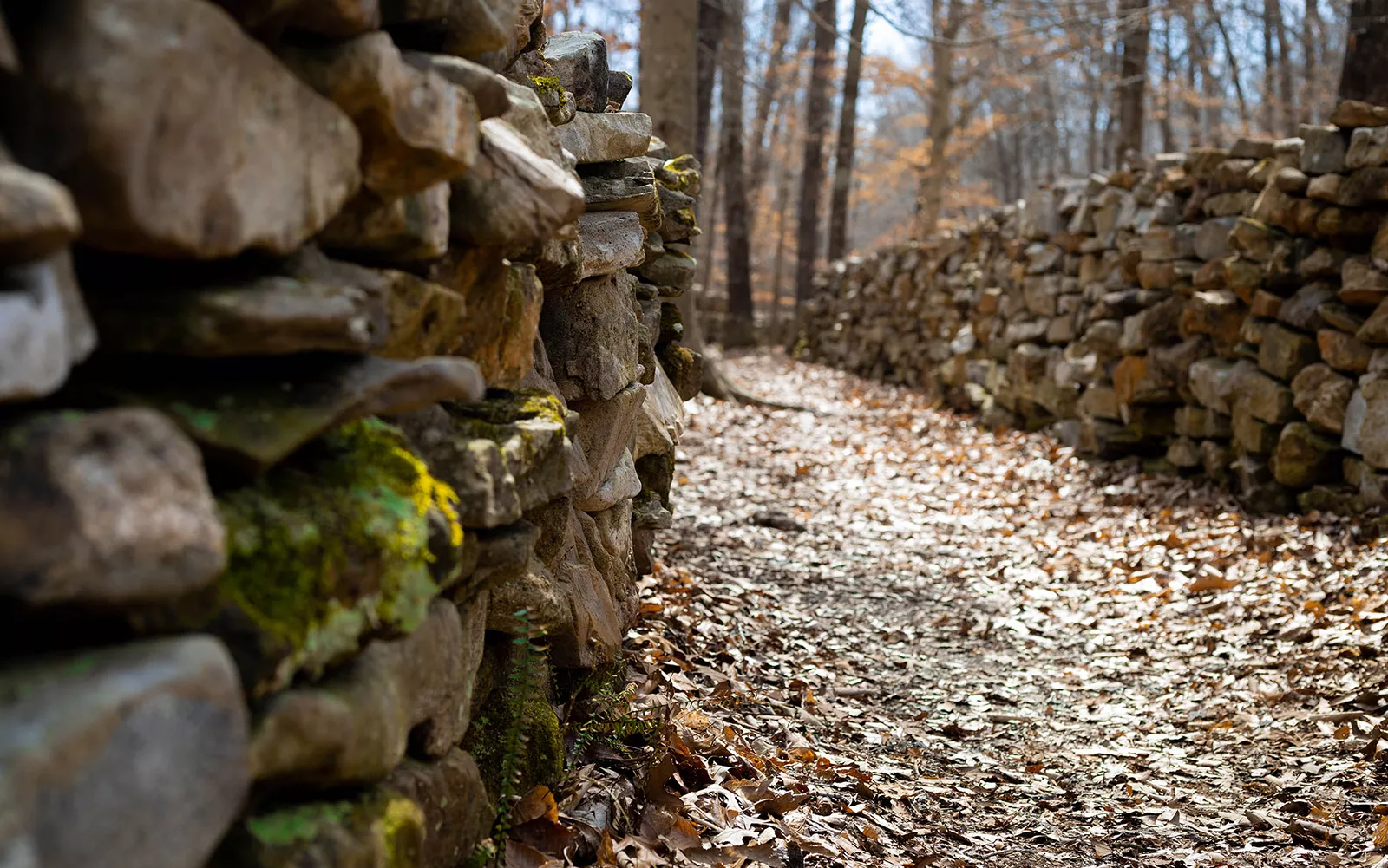
Land Use & Infrastructure
LAND USE
As our region explodes in growth, the Land Use and Infrastructure Committee continues our commitment to enhancing and preserving the natural beauty of the North Alabama.
Our committee meets regularly to determine the priorities of our communities, make progress on strengthening connectivity, and determine what efforts would be most effective toward those common goals. Recognizing that quality of life in the region is a driving factor in securing and retaining a workforce, the incomparable biodiversity and variety of natural resources are crucial to its continuance.
INFRASTRUCTURE
The Tennessee Valley’s vitality is driven by its highly-skilled workforce and diverse industrial ecosystem, which directly reside within numerous critical infrastructure sectors as defined by the Department of Homeland Security.
Because the health of this ecosystem is delicately tied to its resilience and continuity, Launch utilizes strategic partnerships when planning or evaluating land use and infrastructure initiatives. Members of the Critical Infrastructure Resiliency Sub-Committee strategically collaborate with land use and infrastructure planners to promote awareness and support the integration of risk reducing measures within the infrastructure domains across the Tennessee Valley.
How we’re making an impact




Singing River Trail
The Land Use Committee enlisted support from legislators, individuals, businesses, and organizations to develop an Economic Impact Study to determine the value of a connected greenway in the region. Alta Design conducted this study in 2017, which determined that a connected greenway would generate over $13M in annual benefits, result in 5000 daily users, create new businesses, and foster increased growth for the region for years to come. This led to the development of the Singing River Trail.
Additional support from throughout the community and at the state and regional levels was obtained to contract for development of the Singing River Trail Master Plan, finished in 2019. With tremendous community input, 35 funders, and almost 50 committee members involved, this plan provided a blueprint for implementation. The vision is that it will connect the region, celebrate Native American heritage, provide educational opportunities, contribute to economic development, and provide health and recreation opportunities.